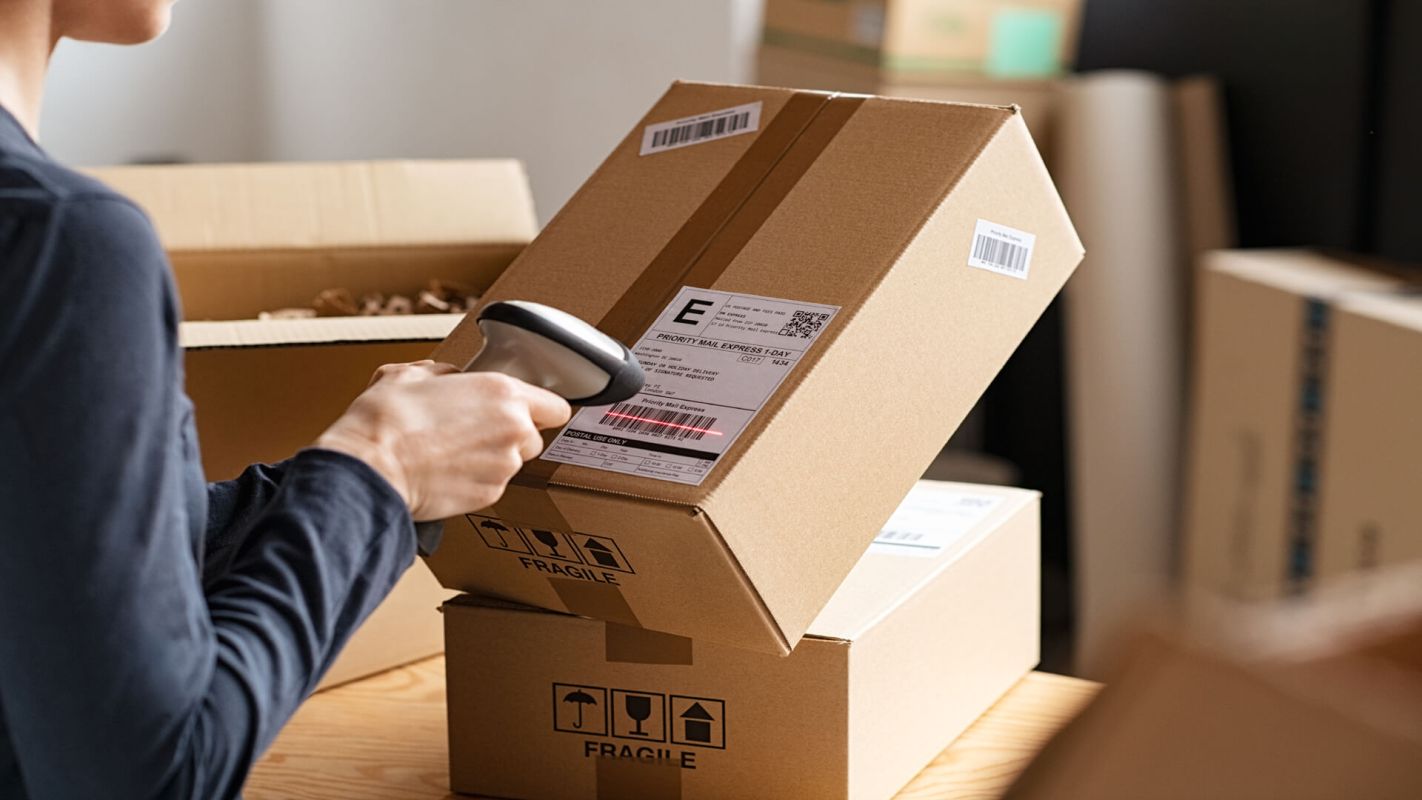Online apparel shopping has increased by 39% during the pandemic. This shift in online shopping habits is expected to remain even after the COVID-19 pandemic, according to a survey by the United Nations Conference on Trade and Development.
When buying clothes, online shopping is almost effortless compared to shopping in a store: You can shop anytime and anywhere, compare prices, use online deal sites like Honey or Rakuten, choose from a wider variety of items, and avoid the crowds, lines, and all the other inconveniences of shopping in a store.
The main downside of online shopping is the inability to try things on. Many stores have made this easier with free online return services, which let you buy multiple sizes or versions to try at home and then return the pieces you don't want. Some brands even provide pre-paid return labels in a package you can reuse to ship items back.
Naturally, shoppers are led to believe the store takes care of the items that are sent back. But Aparna Mehta, a supply chain expert, shared in a TED Talk that a large amount of clothing returns end up in landfills rather than with another customer.
Mehta quoted a statistic from an analysis done by tech company Optoro on annual environmental impacts in the U.S., which found that nearly 4 billion pounds of returned clothing enters landfills annually. This same analysis reported that U.S. customers return 3.5 billion products annually, with only 20% of these returns being defective items.
Beyond solid pollution from discarded clothing items, the reverse supply chain of returns produces more than 12 million tons of harmful carbon pollution, a gas that is contributing to the overheating of our planet.
Many businesses use free returns to attract buyers, but an unexpected result of this free return policy was that people returned many more items. Businesses were losing money from these returns and needed a quick, economical solution to reselling these returned items. Otherwise, they send the items to a landfill to avoid losing more money.
Mehta proposes that instead of a return, we could participate in what she calls a "greenturn." When someone wants to return an item, it gets automatically sold to the next buyer and ships directly from the first consumer to the second. This model would solve both the logistical and pollution problems, explains Mehta.
But until this return model is put into action, you can do a few things on your own to improve your shopping habits and help the planet.
Reduce the number of items you return, and consider donating items directly to friends, family, neighbors, and shelters.
Read reviews of brand-specific items on forum sites to get genuine reviews on everything from sizing to customer service.
Use a flexible measuring tape to get your body's measurements and use size charts provided by brands and retailers.
If you can, avoid buying multiple sizes and options at one time as a way of deciding what to keep. And of course, instead of online shopping sprees, try thrifting at places like Thrilling, borrow or trade clothes with friends and family, or rent clothes through brands like The RealReal.
Follow The Cool Down on Instagram and TikTok.








